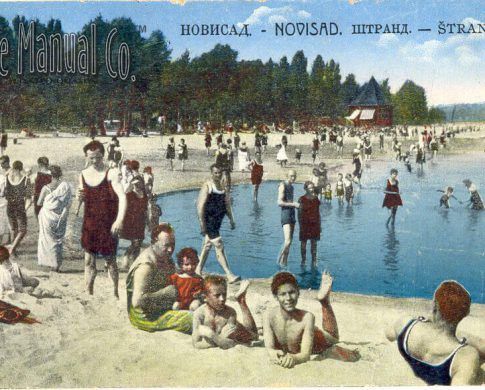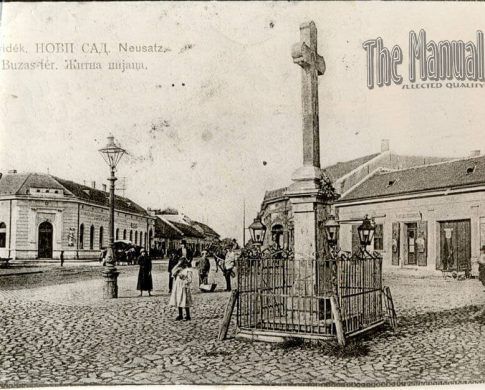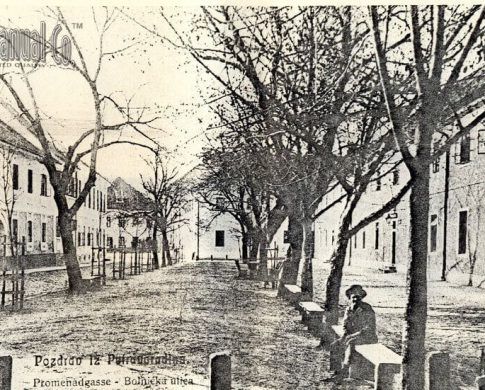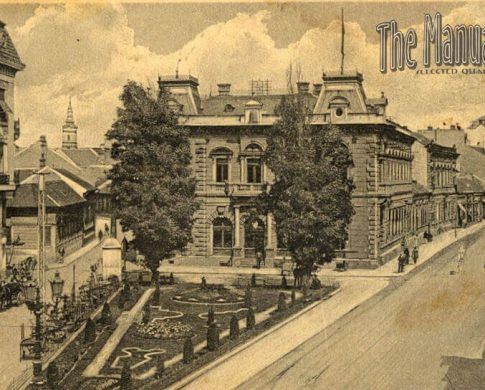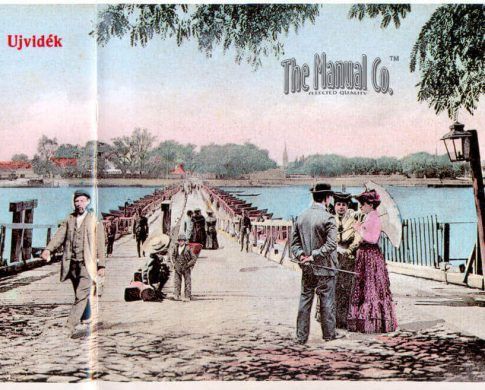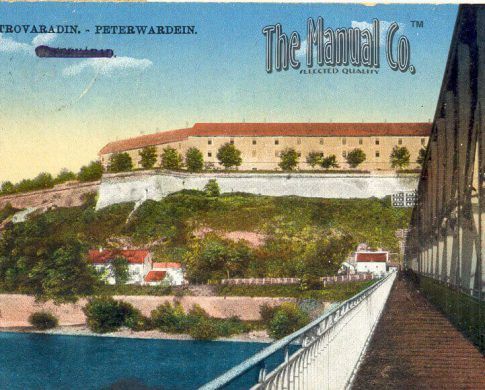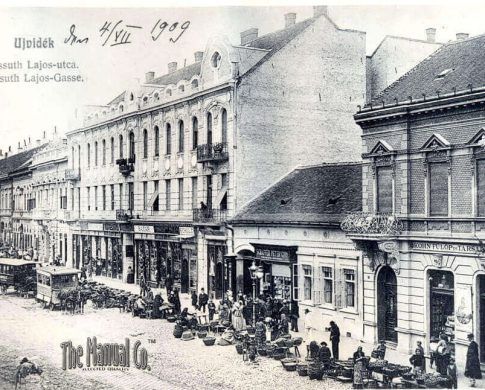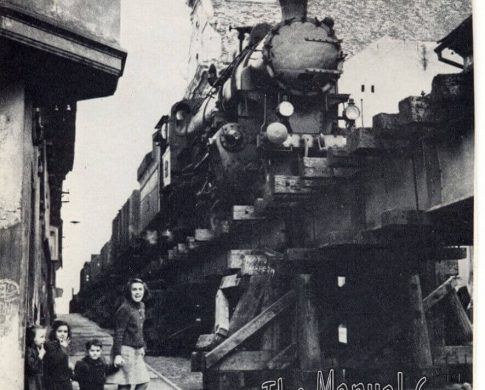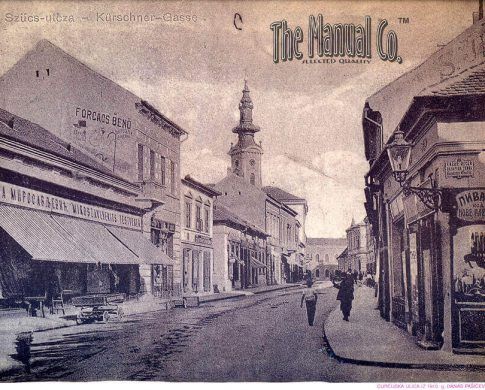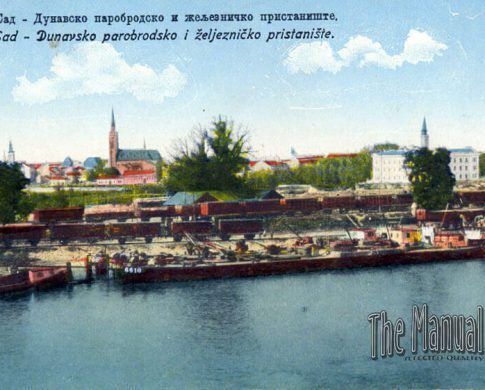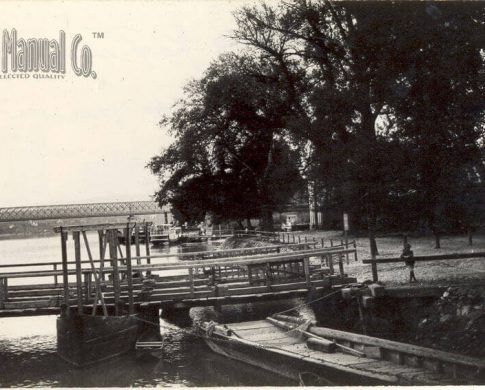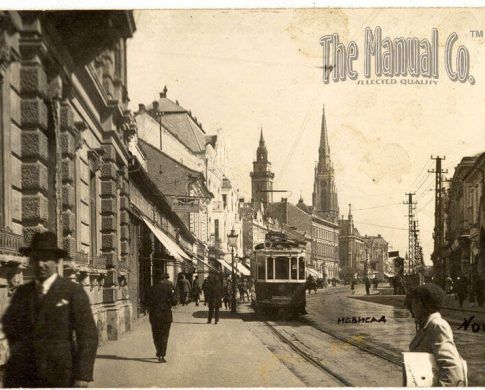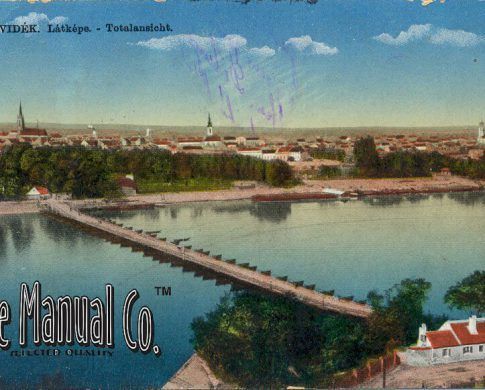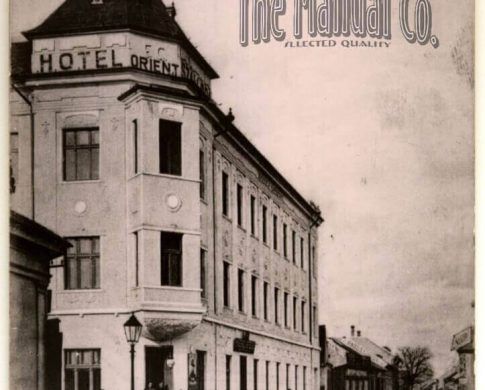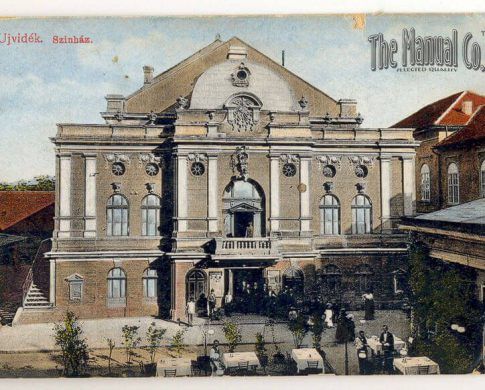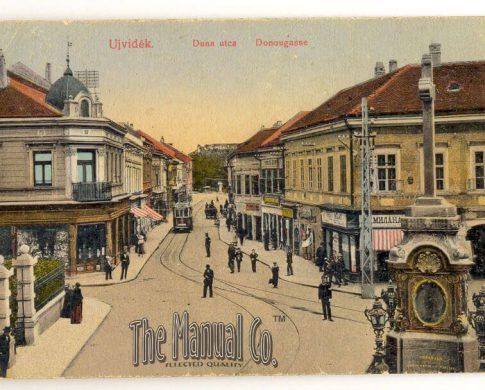History of Novi Sad
On the slopes of Fruska gora Mountain, on the banks of the Danube and in the shadows of Petrovaradin Fortress, there is a city with a tradition more than 300 years long. It is called Novi Sad and is located on the 1255th kilometre of the Danube River. For the first time, it was officially mentioned in 1694, only two years after the fortress construction had begun. Regardless to this not so long history of the city, the territory has got quite long and interesting past, concerning various peoples and cultures. Here, at this place, where The Danube and Tisa rivers run very close to each other, have been numerous confrontations: cultures of East and West, Orthodoxy, Catholicism and Islam. As a result of that, many ethnic and religious groups have found their shelters here. Numerous peoples had visited and settled this area: Romans, Gepids, Huns, Avars, Slavs, Germans, Hungarians, Byzantines and Turks. The first fortification on the Petrovaradin rocks was built by Romans. Hungarians rebuilt it, and Turks took care of it. During the 17th century, after the Turks had been expelled, Hungarian rulers started to build a lodgement on the left and marshy side of the Danube, opposite of the fortress. That is, exactly, where traders, craftsmen and soldiers founded their dwelling, which was first called Racko (Serbian) village, and later Petrovaradin Šanac (moat). After the wars ended, at the beginning of the 18th century, when the number of the inhabitants raised, citizens being hungry for freedom, had paid 80 000 forints to their empress Maria Theresa and turned their settlement into a “free royal city”. They named it Novi Sad. This event happened on February 1st 1748. Since 1748 city was ruled by magistracy. Population of the city was 4620 inhabitants and the Orthodox and Catholic leaders were alternately rotated in the main positions. In the year 1848, during the revolution, city was bombed and destroyed. After that, inhabitants started rebuilding it. The architecture of the city became richer with some elements of Baroque and Secession, as well as the other styles. When the World War I ended, Novi Sad and Vojvodina were incorporated into Serbia, i.e. Kingdom of Serbs, Croats and Slovenians (Kingdom of Yugoslavia to be). Ever since, they have been sharing the same destiny. During the 20th century, Novi Sad continued its development and became a modern city with tall buildings and wide boulevards. After the WWII the territory was expanded and the population grew to a great extent.

